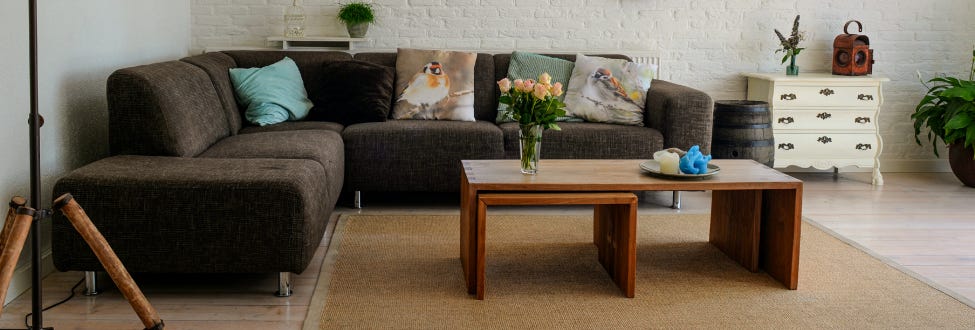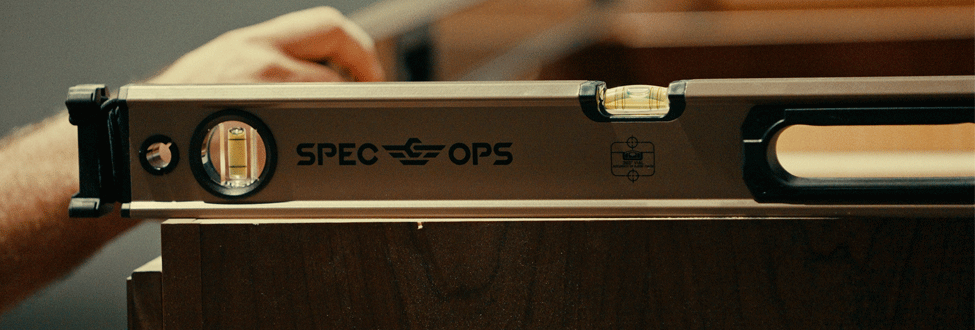Common Household Items That Can Be Fixed Instead of Replaced
- Jun 8, 2020

Living sustainably is something that has come to the forefront of our society, as our social and world climate changes. In 2018, the Guardian performed a study that showed that the average American wastes about a pound of food per day. This and other American waste statistics like it are inspiring people to strive to live more sustainably and be more eco-conscious about their waste. But where do you start the sustainable switch? Below, we’re going to talk through six common household items that can easily be fixed instead of replaced, or even repaired, to reduce your waste and extend the life of your household goods.
Shoes
Repairing rather than replacing your shoes can save you hundreds while reducing your waste output. For example; Business Insider’s Buying Guide ranks 5 of the best loafers for women in 2020, pricing these shoes between $120 to $730 for a brand new pair. Vox Media’s shoe repair pricing cheat sheet puts the average sole replacement between $30 to $45 dollars, depending on the damage. That’s a possible $700 dollars in savings, depending on the quality of your shoe and what needs to be replaced — not to mention the conservation of manufacturing and shipping materials required to buy new shoes.
Outdoor Gear
A skill like sewing can help you repair your outdoor equipment, like patching up your tent, or repairing the zipper on your sleeping bag. For bigger items or items requiring more complex repairs, you can always check with the manufacturer or reseller, as they often offer repair, replace, or recycling programs for damaged gear within a certain time frame. Some places even have specialty gear repair shops, like Rainy Day Pass Repair in Seattle, Washington, that offer standard repairs, alterations, and even specialty laundry services that can keep your gear in great condition for years to come.
Furniture
Upcycling furniture is a great sustainable DIY project that is often time- and cost-effective. You can give new life to the pieces in your home in some pretty easy ways:
- Painting;
- Replacing knobs or other external hardware;
- Sanding;
- Papering drawer or cabinet interiors;
- Oiling or polishing;
- Reupholstering.
These easy DIY projects can also apply to external home features, like doors, gates, and porches.
Tools
Cleaning and de-rusting tools habitually can make them look and work like new, bypassing the need to replace them. Investing in quality tools upfront not only mitigates the cost of replacements down the road but can help you maintain or improve other items and appliances in your house. Quality tools to invest in include:
- Hammers;
- Pry bars;
- Ratchet sets;
- Screwdrivers;
- Tape measures;
- Levels;
- Adjustable wrenches;
- Staple guns;
- Safety knives and utility knives.
If you already have a set of tools that look worse for wear, restoring them is easy — you can buy a rust remover from any hardware store, or DIY it and give them an overnight soak in a solution of vinegar and water.
Appliances
Performing basic appliance repair or utilizing your warranty on certain appliances when they break down, can save you money in replacements. You can get easy-to-replace parts — like a new glass blender bowl, or replacement stand mixer paddles — from thrift stores or estate sales. For more intricate appliances, like dishwashers or appliances with fine machinery, make sure you check to see if your manufacturer offers service or replacement plans, either with your warranty or that you can purchase separately. For example, Maytag offers appliance service plans that can cut repairs like dishwasher tub replacements from $280 without a service plan, to just $46 with one. Not only does this save you money, but manufacturers will often dispose of any damaged parts for you as a part of this service.
Reducing your daily waste and integrating eco-conscious measures into your home can be easy, fun, and save you some money. Learning basic repair skills and becoming familiar with local repair or recycling businesses in your area can not only improve the quality of your belongings, but also serve your everyday life for years to come.








